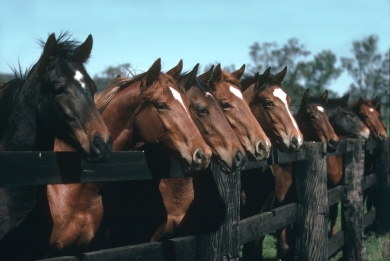In Australia, just look at the figures and you’ll understand why people are talking about a
sales boom in the world of
Aussie Bloodstock – despite (or perhaps even because of) the attentions of Covid-19.
Across the board the Australian Bloodstock market is up over 20% in all Key Performance Indicators.

Statistics are revealing that for the first time trade turnover is heading towards $1billion is yearling sales.
Reasons for the current sales boom in Australian thoroughbreds
In the context of such sizeable year-on-year increases, there is little wonder that reports on recent yearling sales have carried headlines such as:
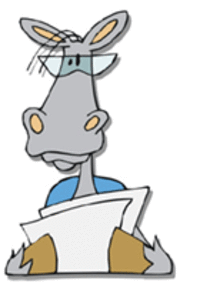 ‘Records smashed across the board’, ‘Records tumble again’ and ‘More magic records.’
And what is more, the success is not all about gross takings – averages, median and clearance figures are up at all sessions; at all sales.
‘Records smashed across the board’, ‘Records tumble again’ and ‘More magic records.’
And what is more, the success is not all about gross takings – averages, median and clearance figures are up at all sessions; at all sales.
The clearance rates are impressive – and the online market is burgeoning, with Inglis Digital just one example – sales up A$1.8m (up to over A$11m) for January/February on the same period last year.
Hardly surprising then, that
Inglis CEO Sebastian Hutch could not be happier with the current state of affairs.
“Sensational Sale - The Melbourne Premier was an exceptionally successful sale, as was the Sydney Classic which has seen a 54% increase in sales in two years with around the same number of horses catalogued,” he reports.
“By any stretch of the imagination, those sorts of figures are extraordinary – and for the first time in a calendar year, the bloodstock industry is set to break the billion-dollar mark.”
Magic Millions managing director Barry Bowditch is also pleased by the buoyancy of the market, suggesting
“it was survival of the fittest at the Magic Millions – it was a sensational sale!”
For buyers, it was harder than ever to secure the right horse at a fair price.
Buyers are keen – and punters are too, it seems.
Betting turnover figures also on the up.
In the state of Victoria, for example, domestic wagering passed the A$5bn mark in a six-month period for the first time between July and December last year.
This was 5.4% increase on the previous year.
Figures at midweek meetings increased and for the first time the Saturday turnover average surpassed A$80m. Eight of the top ten meetings by turnover provided record results.
All in all, such figures point to an incredible thirst for buying and punting on the Australian thoroughbred.
But why ???

Here are five (5) catalysts for the boom:
1. RECORD PRIZEMONEY

Racing NSW recently announced a A$25m increase in prizemoney,
up 127% in ten years.
Racing Victoria also noted that there was an 8.4% increase in prize-money payments. In 2022 a record A$286.5m in prizemoney will be on offer in Victoria, making an increase of more than 60% in seven years.
Across Australia prizemoney on offer is $990m per annum and set to break through the
$1 billion level.
Amazing figures! We now have
72 races worth A$1m or more, no Group 1 races worth less than A$600,000.
We have come such a long way in a short space of time. The future is bright.
Sebastian Hutch agrees.
“Prizemoney is the rock that it is all built on – and it is off that which we can sell the sport,” he says.
Barry Bowditch says: “
There are unbelievable amounts of money to be won, meaning that it makes sense to be involved. There are dreams to be made and shared!”
2. RECORD RESIDUAL VALUES
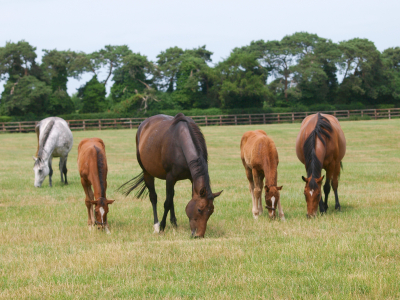
Whilst prizemoney is at record levels so is the
demand for high quality pedigree mares to produce commercially desirable yearlings. Competition is strong from breeders for fillies retiring from racing as they want mares to produce yearlings to cash in on the record yearling sales market.
This cycle has driven the fillies’ market at the yearling sales, as quality yearling fillies offer their owners a preservation of their invested capital.
Then of course, if they are also successful on the track, and especially if they earn black-type, they can sell for many times above what they cost as yearlings.
3. MEDIA COVERAGE
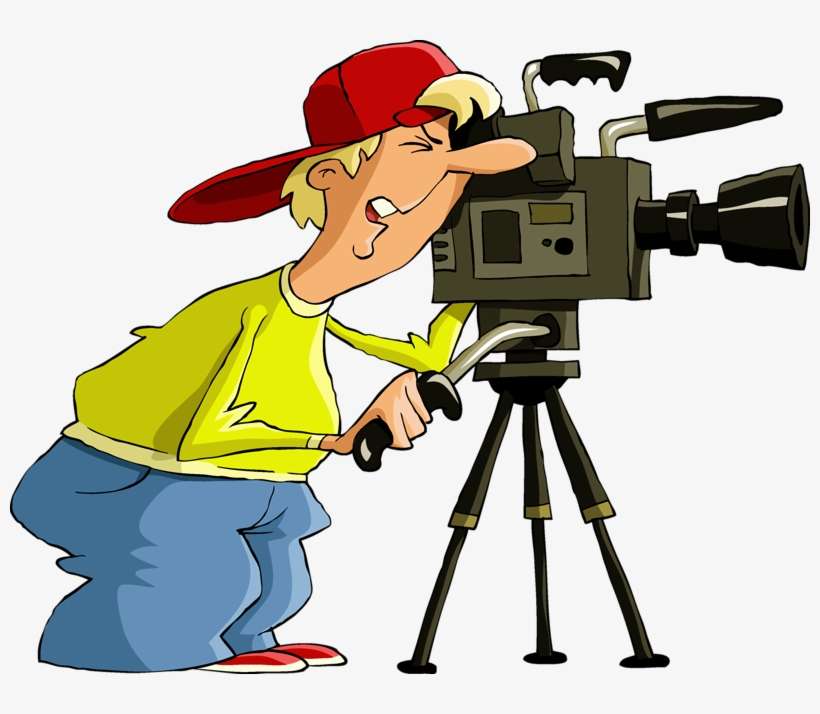
Up until the 1980s racing in Australia enjoyed good media coverage, including free-to-air television. Then came a blank for a period as racing disappeared from our screens, with only those willing to pay Foxtel subscriptions able to tune in. This was less than 35% of the TV viewing audience.
Thankfully the tide has turned with dedicated racing outlets such as Racing.com (broadcasting on free-to-air for the last six years) and Channel 7 plus at Carnival time, Channel 10 joined the broadcast hosts. In addition, there is online platforms including social media, making it easier to keep in touch with the racing world.
Major stations have been televising Saturday meetings on a more regular basis and those fronting the coverage are making an impact on how racing is viewed, and broadcasters are knowledgeable and enthusiastic.
“Television is doing a great job promoting the stars of the sport,” says Sebastian Hutch.
“We are in an era of some extremely successful trainers, and we are seeing them on our screens more and more – that gives people the confidence to get involved in the sport."
Naturally enough, with racing one of the few leisure activities able to continue throughout Covid-19 lockdowns, more people tuned in.
“People were stuck at home and racing was the only live sport in town,” Barry Bowditch says,
“and Australians love live sport!”
4. INTERNET SALES
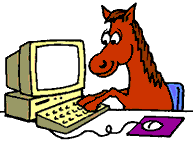
A relative newcomer to the sales game, online platforms provide fresh horse-trading opportunities. “
Traditionally the only entry point for a potential horse owner was through a syndicator, trainer or buying at the yearling sales,” explains Sebastian Hutch.
“But now, on a very regular basis, there is easier access,” he adds.
“We have seen a wider spectrum of bidders on all levels – online bidding can be less intimidating; a buyer can do their own research without feeling like they are being judged by anyone. There is the same level of excitement but with an anonymity that appeals to some.”
Increases in online trade flows on to auction days with the tried horse market strong.
“It gives buyers more confidence,” Hutch says. “
There is less downside to investing in yearlings as there is a bigger market for them to be resold.”
Bloodstockauction.com’s general manager Alan Biddle remembers when there was cynicism regarding internet sales.
“Many doubted that online auctions could work, that an industry traditionally slow to embrace change would never fully accept the concept,” he recalls.
“Move ahead seven years and the change has been nothing short of remarkable and the volume of horses sold online in Australia is now higher than ever."
The numbers are indeed startling. In 2015, Biddle says 1,812 Thoroughbreds were sold online, accounting for around 13.5% of all sales. Last year, 10,860 horses changed hands online for a massive 61% of the total.
5. COVID-19
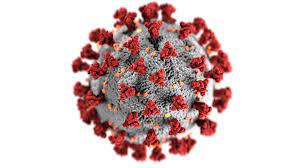 Counter-intuitively, could the biggest challenge have faced by the industry been its catalyst to record levels?
Counter-intuitively, could the biggest challenge have faced by the industry been its catalyst to record levels?
Whilst many of the increases in racing activity can be put down to good management, was it the unforeseen that has had most effect?
An international pandemic, a world changed – and Arrowfield Stud chairman John Messara is positive that Covid-19 played the major role in the boom.
“All asset classes are enjoying that boom – boats, property, cars, luxury brands – and we have gone up with it,” he says.
“For a couple of years, we have been restricted, especially in regard to holidays. The massive amounts that normally would’ve been spent on travel is being spent elsewhere.”
Analysis by the
Commonwealth Bank suggested that Australians this year will have a spare
A$38bn that would otherwise be spent on overseas travel.
Now with the unrest in Europe not only by Covid but the war in Ukraine, and the threat that may expand across neighbouring countries, the desire to travel has been significantly dampened.
Add in the costs of travel rising exponentially due to fuel supplies, and rising inflation in Europe, many Australians have opted to stay at home in safety and security. That will see potentially
another $38 billion of retained savings staying onshore in Australia.
With the housing sector stalling due to tightening of fiscal policy by the banks, and a landscape of predicted interest rate rises, investors are looking at alternative areas to park money.
The mid-to-higher end of the market is helped by wealthy participants who are enjoying the recent rise of most asset classes.
There is a correlation between the ASX [Australian Securities Exchange] and horse sales and those making money elsewhere are happy to pump some into the Thoroughbred market because they enjoy it and because they believe they can make a dollar from what is now considered as a legitimate lifestyle and investment strategy.
Messara also suggests Covid-19 has reshaped the way people look at life.
“For the last two years every day we’ve been told how many people are sick, how many are dying,” he says. “It makes people get more in touch with their own mortality which leads to a change in psyche – people are realising that you have to enjoy yourself more!”
Covid-19 has seen many people change their lives: downsizing, relocating, selling investment properties. It has caused a rethink on leisure activities and horse racing is exciting. We’ve seen quite a few new buyers who’ve said they have always wanted to get a share in a horse. It gives people a great lift to race a horse, especially on the back of a couple of years of restrictions and hardship. Plus a share in a racehorse allows so many family and friends to share in the interest. It's a social / lifestyle investment.
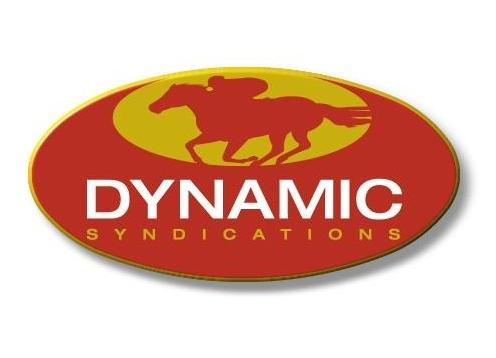 From Dynamic Syndications perspective, we have seen record sales year on year during Covid.
From Dynamic Syndications perspective, we have seen record sales year on year during Covid.
This has flowed into the 2022 year where we are selling shares quicker than we ever have.
We have record inquiry especially from new owner’s keen to become involved.
Interest in buying into racehorses has never been greater.
